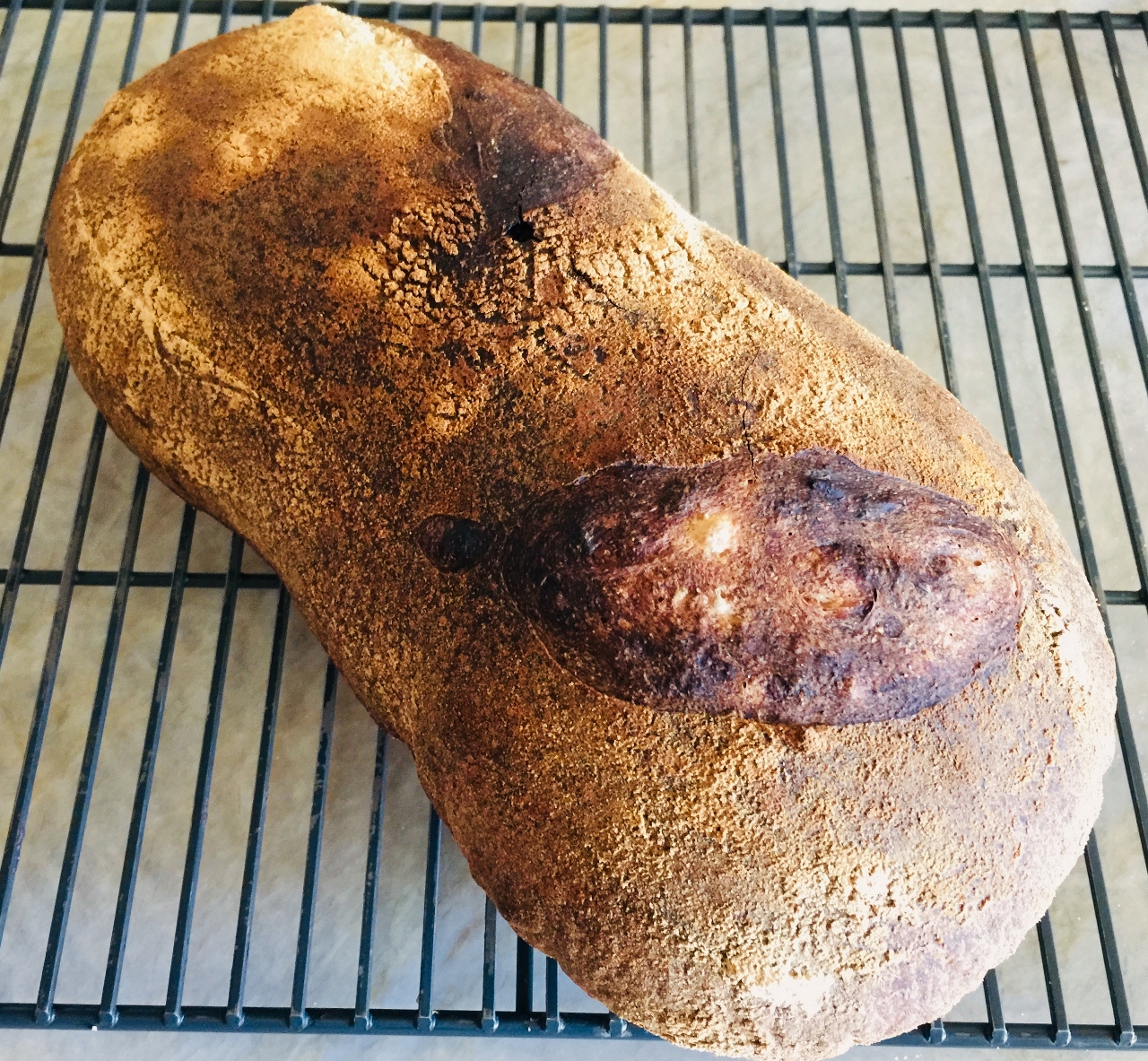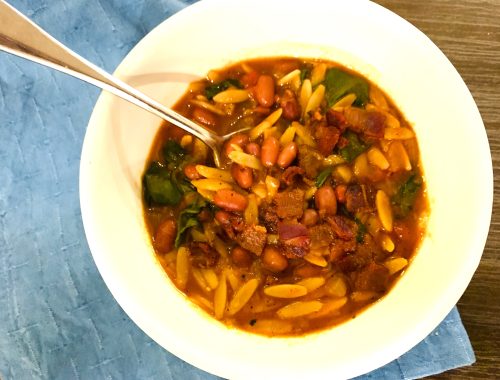I take my bread pretty seriously. I have been making bread for almost fifteen years and I have taken extensive classes on how to perfect my technique and skills on making the best sourdough. I know many of you claim you are gluten intolerant, but in fact research proves it is a very small piece of our population. Unless you have Celiac Disease, you can probably tolerate good quality whole grain bread – just not the commercial stuff sold at most grocery stores.
The starter, yeast or leaven as it is called, is sometimes the ingredient in question when it comes to bread tolerance. Many believe that manufactured yeast or dry yeast, is the culprit of our upset tummies, as opposed to the wheat itself. I tend to think it’s probably a combination of both because although speed and reduced prices are both benefits of manufacturing, they don’t always make the best products for our bodies.
Creating your own natural yeast or leaven – which I have previously given you the recipe for in a my Sourdough English Muffin blog – is made from flour, water and a little time – that’s it. You may be saying about now that you can’t possibly find the time to make your own yeast and bread because you work, have a houseful of kids, or perhaps both. But, I am making the claim that it is worth the effort because homemade sourdough is fresh, healthy and flat out delicious.
So, here’s my sourdough recipe, please read it all the way through before preceding and I hope you will at least consider making a couple of loaves over the next month or so. If you haven’t ever smelled fresh sourdough bread baking in the oven, at a minimum – it’s an awesome experience.
Ingredients
640 grams of bread flour, King Arthur is sold in most grocery stores
160 grams whole-wheat flour, buy the best you can find (farmer’s market or online)
560 grams water, spring or alkaline
160 grams leaven
19 grams salt
semolina or cornmeal for dusting board
(Makes 2 – 800 gram Loaves)
To Prepare:
- In a bowl, combine water and leaven – mix with fingers until no lumps.
- In another large bowl, mix together both flours. Add in leaven mixture, using your hands incorporate leaven mixture with flour until it begins to come together. If necessary, wet fingers to prevent excessive sticking or use plastic scrapper to help fold together. Cover dough with towel and let rest for 10 minutes.
- Dimple dough with fingers, add sprinkle salt over the top. Cover with towel and let rest for 10 minutes.
- Flip dough over and knead for 1 minute, or until it forms into a smooth elastic ball. Cover and let rest 20 minutes.
- Knead dough once more for 1 minute and cover, let rest for 30 minutes. Remove dough from bowl.
- Divide dough into two pieces, shape roughly with hands into rounds or ovals, depending upon the shape of your bread bannetons. Cover with towel and let rest for 10 minutes.
- Working separately, flip dough over and fold edges up to form a loaf. Flip loaf over and shape dough with hands by pulling it towards you. Place in floured banneton and pinch together any open seams on top. Repeat with second loaf.
- Place bannetons in a large plastic container with lid or cover with plastic wrap. Refrigerate overnight.
- Preheat oven to 450 degrees (if you have a baking stone setting on your oven use it). Place pizza stone or sheet pan inside oven. Add semolina or cornmeal to a peel or board and invert chilled loaf onto it. Using a razor blade or lame, slash two cuts across top of loaf.
- Quickly slide bread onto stone or sheet pan. Spray oven with water and close door immediately. After 20 minutes, reduce temperature to 400 degrees. Bake for another 20-25 minutes or until deep golden brown. Remove and let cool for 1 hour minimum before slicing. Enjoy!













No Comments